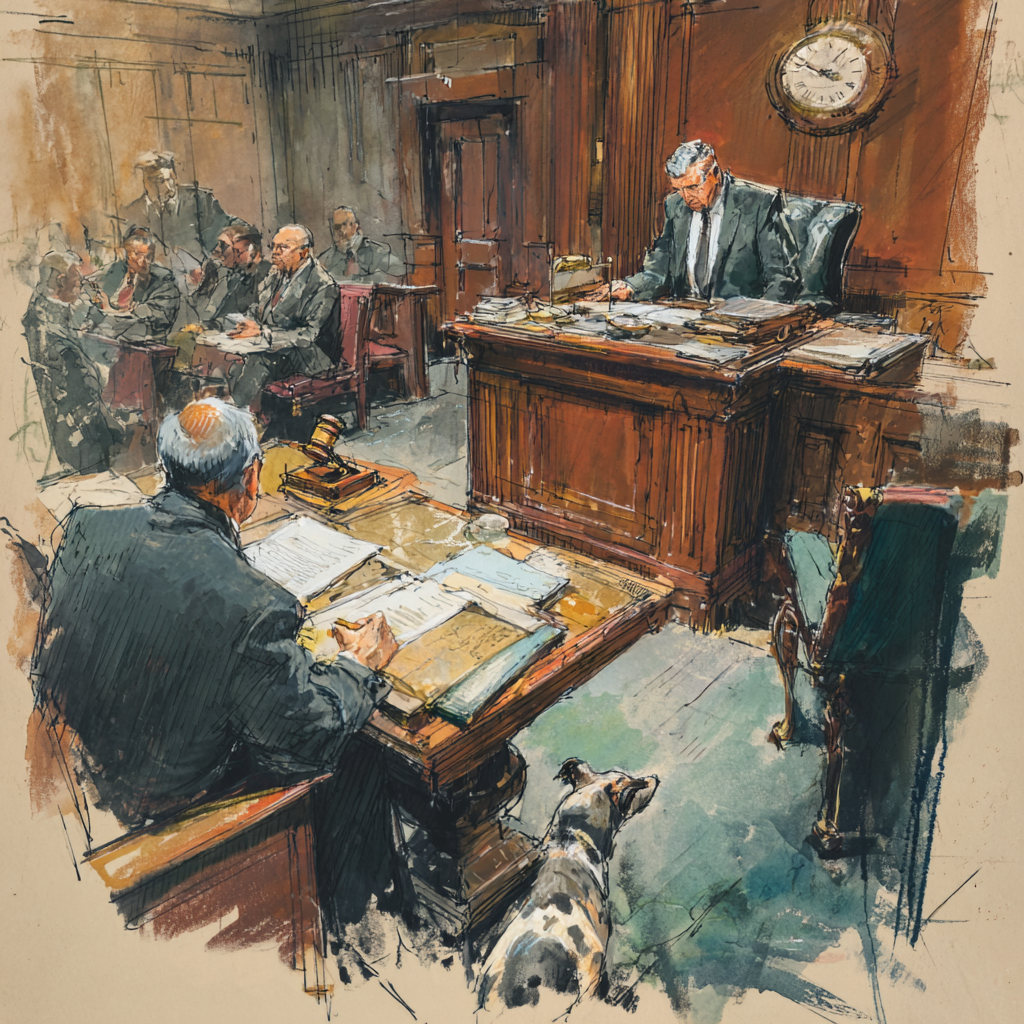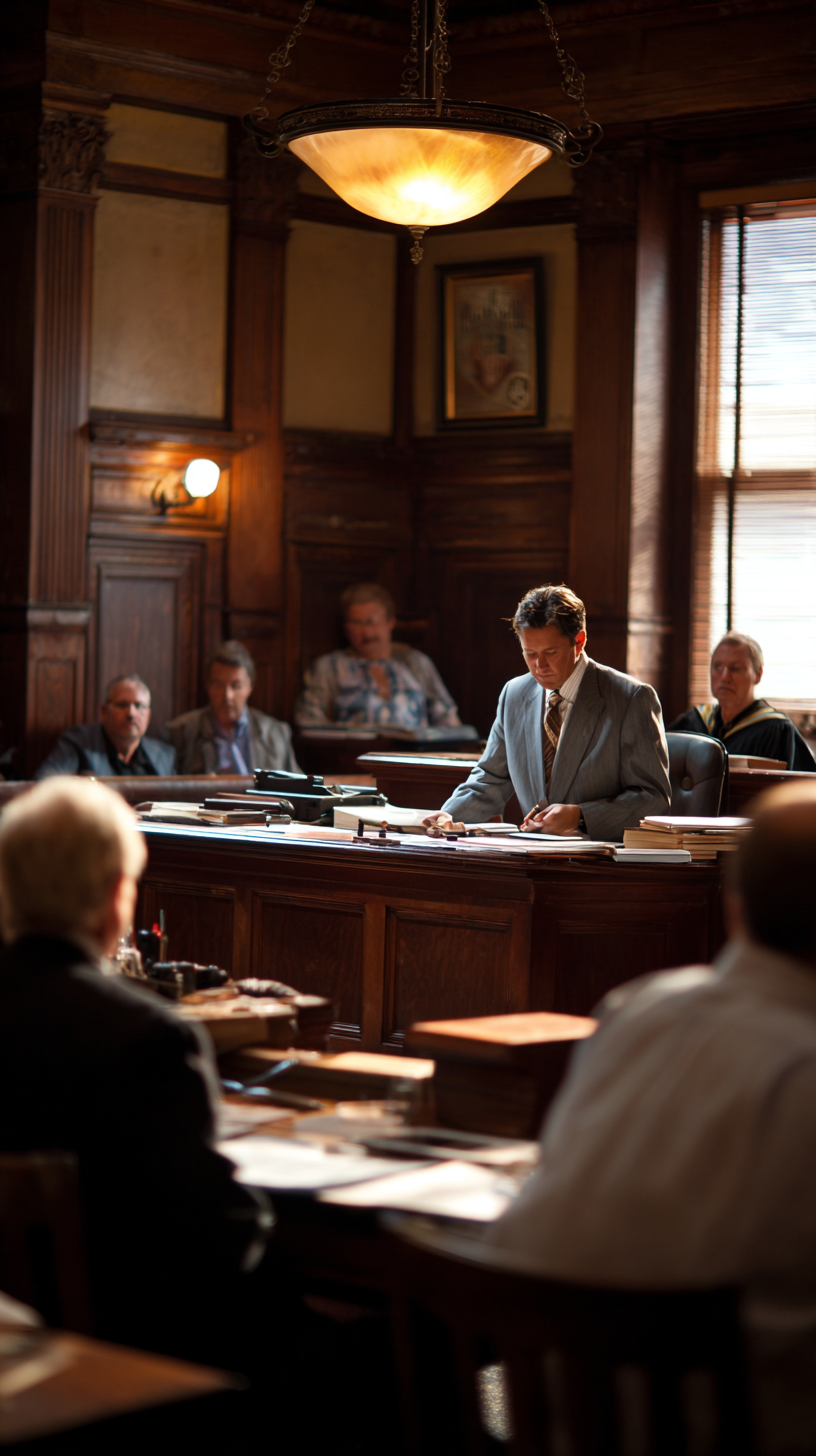Art of Healing Medicine, P.C. v Travelers Home & Mar. Ins. Co.
2008 NY Slip Op 07846 (2d Dept. 2008)
The Appellate Division Second Department has now, in pertinent part, decided to follow Dan Medical as it relates to the necessity for the records to be entered into evidence for the truth of the matter asserted.
To quote the court: “The plaintiffs failed to establish their prima facie entitlement to judgment as a matter of law. The plaintiffs’ medical service providers failed to demonstrate the admissibility of their billing records under the business records exception to the hearsay rule (see CPLR 4518[a]”
So there goes the literal interpretation of Mary Immaculate (discussed in the prior post) that the Plaintiffs’ bar has relied upon to meet a prima facie case. Indeed, the Appellate Term, First Department has been adamant that the billing forms do not need to be placed into evidence to make a prima facie case.
Yet, let us not forget that the Appellate Division, First Department, adopted the Mary Immaculate rule in Countrywide Ins. Co. v. 563 Grand Medical, P.C., 50 AD3d 313 (1st Dept. 2008), when they held as to prima facie in a trial denovo setting that:
“Defendant medical provider established prima facie its entitlement to judgment as a matter of law by demonstrating that the necessary billing documents were mailed to and received by plaintiff insurer and that payment of the no-fault benefits was overdue”
I therefore do not think this case will represent much of a shift in the law, as it stands today. What this case opens up the door to, at some point, is a Court of Appeals ruling should the Appellate Division, First Department continue to follow Mary Immaculate. This would render a split in the Appellate Divisions, which would allow the prima facie issue to make it all the way to the top of the appellate food chain.









